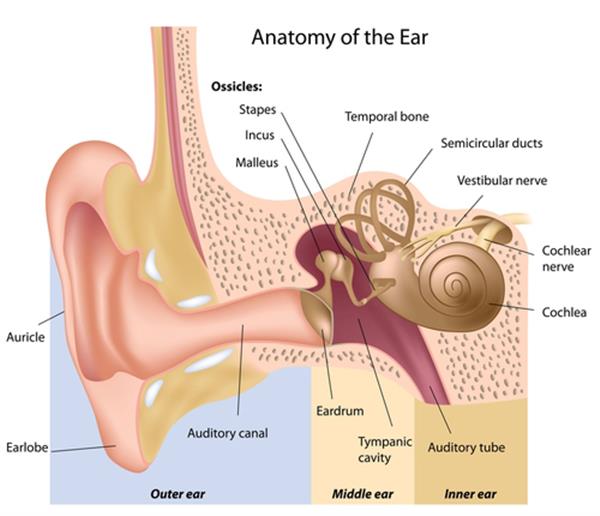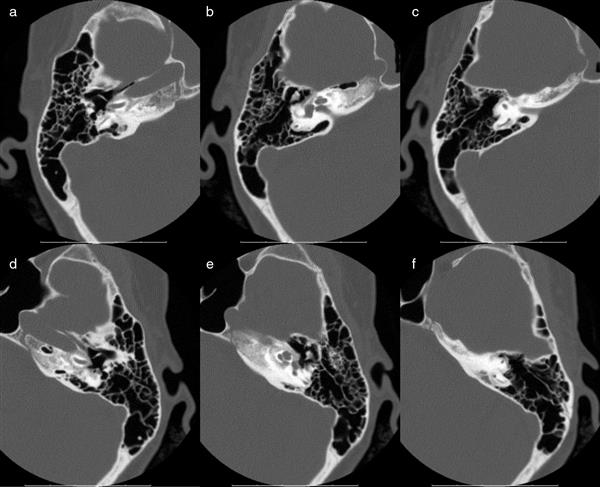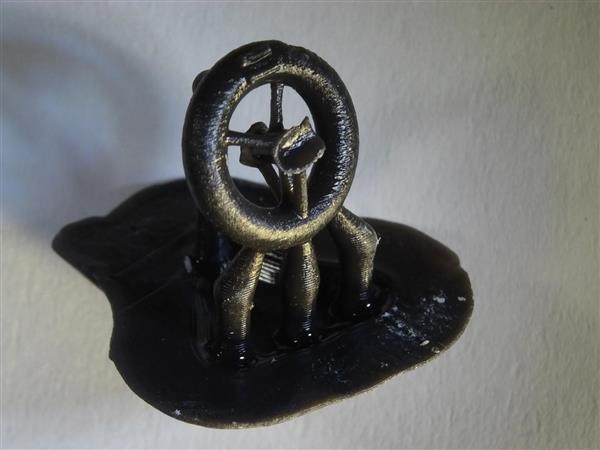Customized 3D printing to listen to small bone prosthesis to improve the treatment of patients with conductive deafness
Release date: 2017-12-05 Researchers from the University of Maryland School of Medicine (UMSOM) have unveiled an innovative technology on how to use 3D printing technology to create accurate custom prosthetic substitutes for damaged areas in the middle ear, primarily to improve the treatment of patients with hearing impairment. The hearing portion is achieved by transmitting vibrations from the eardrum to the cochlea as an auditory sense, which is transmitted through the three ossicles in the middle ear. When the small bone is damaged due to physical trauma or bacterial infection, it can cause small bone conduction deafness. The prosthesis can be used to restore the continuity of the middle ear, but since current prosthetic implants are typically made of ceramic cups and stainless steel struts and are not suitable, the success rate of using surgical reconstruction to treat conductive deafness is low. Dr. Hirsch and his team used 3D printing technology to create custom prostheses for patients with conductive deafness. Conductive deafness due to ossicular abnormalities is caused by a number of causes, including trauma, infection, cholesteatoma, surgery, and congenital anomalies. Surgical reconstruction of the ossicular chain is a mature method for repairing ossicular chain defects, but there is still a high risk of failure. Potential diseases and appropriate prosthesis sizes are two major challenges that lead to component failure. 3D printing has successfully solved many medical prosthetic problems. Custom 3D printing of personalized small bone prostheses will be a potential solution for the general anatomical variations encountered in the pathology of the ear, and can reduce the rate of postoperative prosthesis replacement by increasing the degree of matching, while Reduce the operation time. The team used CT scanners to obtain imaging data of the middle ear bones from three bodies. Custom prostheses were designed with counterfeit innovative kit software and then printed out of the Formlabs Form 2 SLA 3D printer with resin material. Finally, four surgeons successfully matched the prosthetic model to the correct middle ear portion (four surgeons were blind to the design of the small bone prosthesis). According to Hirsch, the probability of this random occurrence is about 1/296. This study highlights the core strengths of 3D printing - the ability to replicate tissue structure spatial relationships to sub-millimeters very accurately. 3D printed prosthetic implant The problem of mid-ear matching has been temporarily resolved, and the team will next focus on making custom prostheses with biocompatible materials and combining 3D printed prostheses with stem cells. (Compiled from 3ders.org) Source: Tiangongshe Radial Artery Compression Tourniquets Radial Artery Compression Tourniquets,tourniquet oem,medical tourniquets,tourniquet pneumatic Anesthesia Medical Co., Ltd. , https://www.jssinoanesthesias.com

